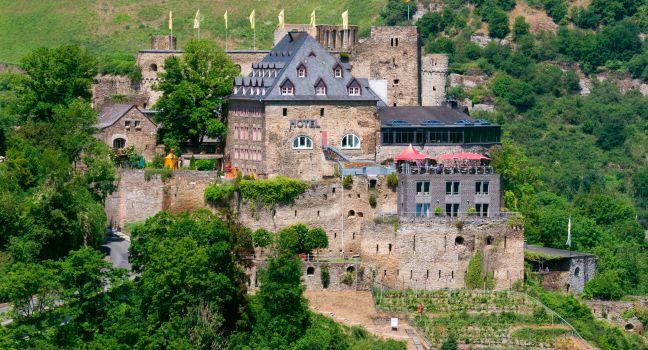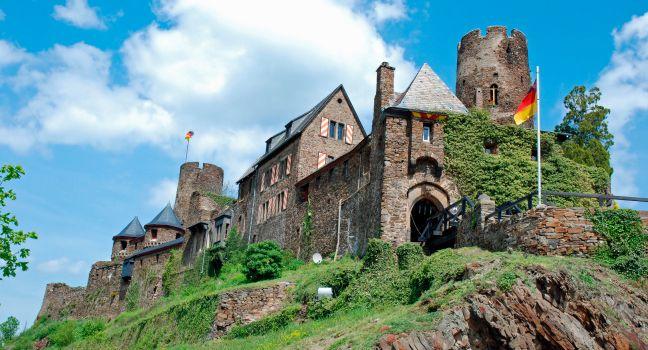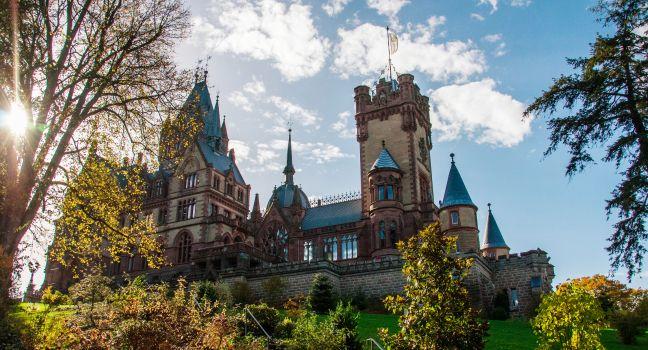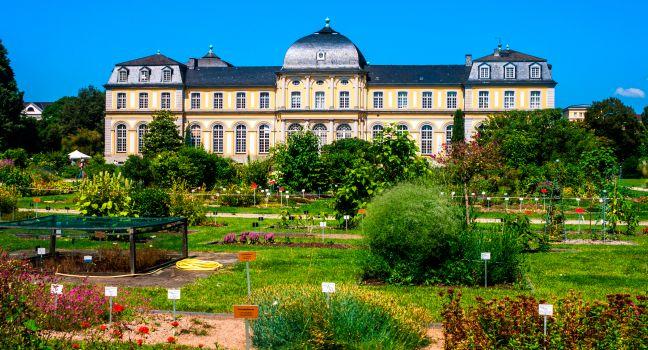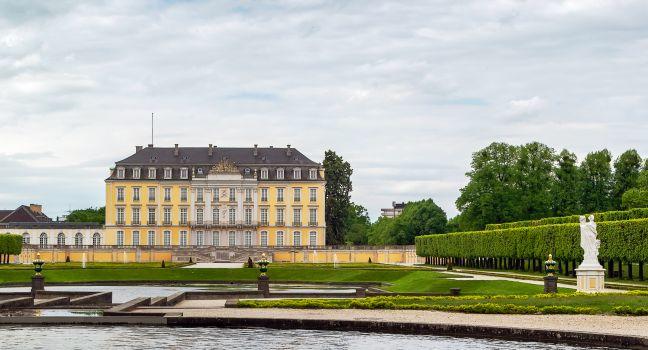Burg Eltz
Genuinely medieval (12th–16th century) and genuinely stunning, Burg Eltz deserves as much attention as King Ludwig's trio of castles in Bavaria. For the 40-minute English-language tour, ask at the souvenir shop. This on-request experience guides you through the period rooms and massive kitchen, as well as a treasure vault filled with gold and silver. To get here, exit B-416 at Hatzenport (opposite and southwest of Alken), proceed to Münstermaifeld, and follow signs to the parking lot near the Antoniuskapelle. From here it's a 15-minute walk, or take the shuttle bus (€2). Hikers can reach the castle from Moselkern in about an hour.
